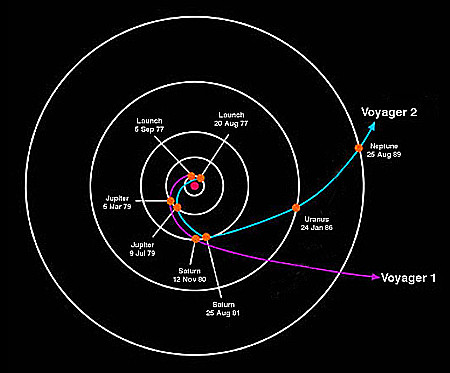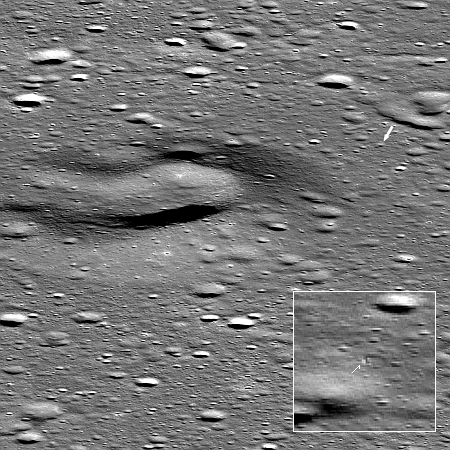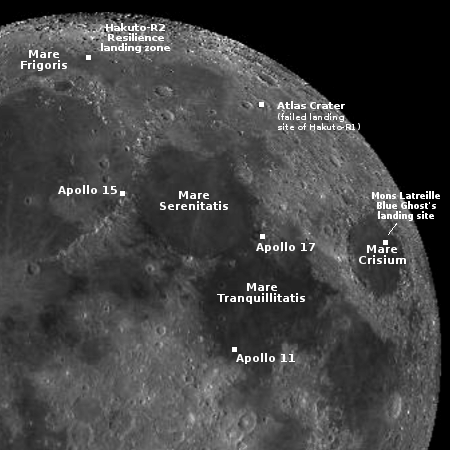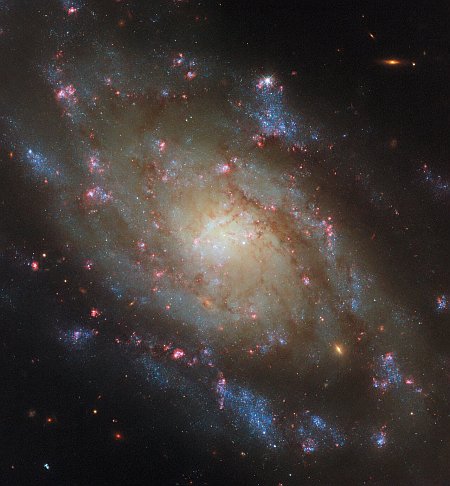Engineers turn off one more instrument on each Voyager spacecraft

The routes the Voyager spacecraft have
taken since launch. Not to scale.
Due to continuing reductions in the power generated by their nuclear energy sources (after a half century of operation) engineers have now turned off one more science instrument on each Voyager spacecraft in order to extend the spacecrafts’ life as long as possible.
Mission engineers at NASA’s Jet Propulsion Laboratory in Southern California turned off the cosmic ray subsystem experiment aboard Voyager 1 on Feb. 25 and will shut off Voyager 2’s low-energy charged particle instrument on March 24. Three science instruments will continue to operate on each spacecraft. The moves are part of an ongoing effort to manage the gradually diminishing power supply of the twin probes.
Even with this action, the future lifespan of both spacecraft is very limited. It is expected the savings in power will allow both to last about a year longer, well into 2026. In order to keep the Voyagers operating as long as into the 2030s mission engineers are now working up a timeline for shutting down the remaining instruments in a step-by-step manner. In that long run the goal won’t be science gathering but engineering. Can humans keep a spacecraft operating for more than a half century at distances billions of miles away?

The routes the Voyager spacecraft have
taken since launch. Not to scale.
Due to continuing reductions in the power generated by their nuclear energy sources (after a half century of operation) engineers have now turned off one more science instrument on each Voyager spacecraft in order to extend the spacecrafts’ life as long as possible.
Mission engineers at NASA’s Jet Propulsion Laboratory in Southern California turned off the cosmic ray subsystem experiment aboard Voyager 1 on Feb. 25 and will shut off Voyager 2’s low-energy charged particle instrument on March 24. Three science instruments will continue to operate on each spacecraft. The moves are part of an ongoing effort to manage the gradually diminishing power supply of the twin probes.
Even with this action, the future lifespan of both spacecraft is very limited. It is expected the savings in power will allow both to last about a year longer, well into 2026. In order to keep the Voyagers operating as long as into the 2030s mission engineers are now working up a timeline for shutting down the remaining instruments in a step-by-step manner. In that long run the goal won’t be science gathering but engineering. Can humans keep a spacecraft operating for more than a half century at distances billions of miles away?







